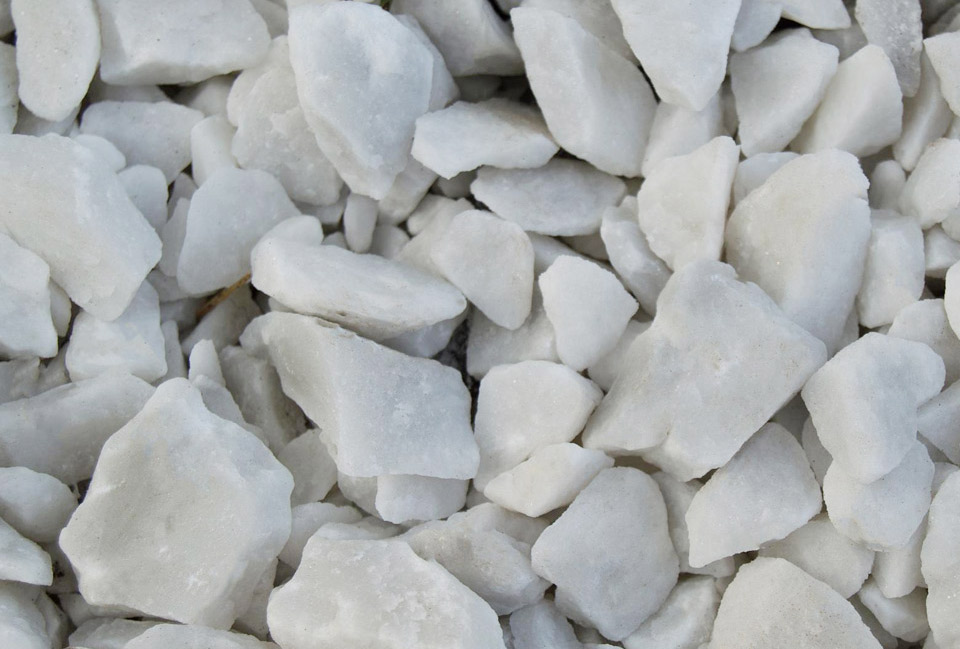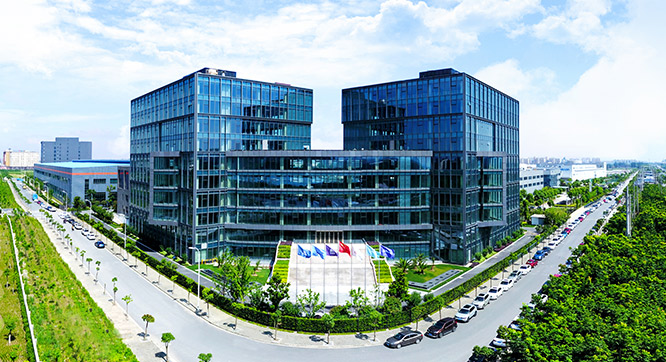What is Dolomite?
Dolomite, also known as dolostone, is a carbonate mineral and one of the common rocks in the Earth's crust. Its crystal structure is similar to that of calcite, often appearing in a rhombohedral form, with crystal faces frequently curved into a saddle shape.
Physical and Chemical Properties of Dolomite
Dolomite possesses both physical stability and chemical reactivity, with its core characteristics including:

As a widely occurring mineral in nature, dolomite is classified mainly based on its origin, chemical composition, and other factors. Depending on the formation stage and composition, dolomite can be divided into various types:
Synsedimentary Dolostone:
Dolostone formed during the early stages of sedimentary diagenesis, characterized by a uniform and dense texture with fine grain size.
Diagenetic Dolostone:
Dolostone formed through the replacement of calcium carbonate by magnesium ions during the diagenesis process, exhibiting a fine crystalline structure and replacement features.
Metamorphic Dolostone:
Dolostone formed from limestone that has already been lithified and subsequently replaced by magnesium ions, characterized by an uneven replacement structure and coarse dolomite grain size.
Dolomite, with its unique physical and chemical properties, abundant resource reserves, and diverse processing methods, shows broad application prospects in various fields such as environmental protection, refractory materials, and ceramics.
Dolomite is an important raw material for alkaline refractory materials. Its high-temperature stability and slag resistance make dolomite bricks a key material for extending the lifespan of furnaces. Additionally, dolomite can be used as a flux in iron and steelmaking, improving slag performance and enhancing smelting efficiency.
Dolomite is an important raw material for the production of chemical products such as magnesium carbonate, magnesium oxide, and magnesium sulfate.
Dolomite can be used to produce cement, glass, ceramics, and other construction materials. In cement production, dolomite serves as one of the raw materials, helping to improve the hardening properties and durability of the cement.
Incorporating dolomite into ceramic body and glaze materials can alter the composition of the mixture system, reduce the firing temperature of the body, and promote the dissolution of quartz and the formation of mullite, thereby enhancing the transparency and strength of the ceramics.
Dolomite has surface adsorption properties, filtering capabilities through its pore structure, and ion exchange functions between mineral layers, making it suitable as an environmental mineral material for wastewater treatment and other applications.
Incorporating dolomite into glass raw materials can provide magnesium oxide and calcium oxide components, helping to reduce production costs and improve the strength and chemical stability of the glass.
SBM, founded in 1987, has been deeply rooted in the grinding industry for nearly four decades, providing customers with professional integrated solutions for powder processing. SBM offers a full range of grinding equipment and services, from single machines to complete systems, covering the entire mineral processing workflow.
More Solutions
Raw Material Test
Project Design
Device Manufacturing
Installation
Debugging
Technical Training
Reaching Designed Capacity
After-sale Service
The transformation of dolomite from a basic mineral to high-value-added products relies on efficient and intelligent grinding equipment. SBM focuses on the MTW European trapezium grinding mill and LM vertical roller mill as the core, establishing a grinding ecosystem characterized by low energy consumption, high precision, and zero pollution.
Energy-saving, efficient, and easy to operate
Stable operation with bevel gear transmission
Economical investment, environmentally friendly
Convenient maintenance and low operating costs
Process Flow of MTW European Trapezium Grinding Mill
The raw materials are uniformly and continuously fed into the main grinding chamber by a variable frequency belt feeder. The ground material is then carried by the airflow from the fan to the classifier for grading. Under the action of the analyzer, materials that do not meet the fineness requirements fall back into the grinding chamber for regrinding, while qualified materials are transported through pipes with the airflow into the cyclone collector for separation and collection. The finished powder is discharged through the discharge device.
Small footprint and low investment
High grinding efficiency and large output
Intelligent control for easy operation
Low-carbon and environmentally friendly operation under negative pressure
Process Flow of LM Vertical Roller Mill
The material is fed into the center of the grinding disc through a lock air feeding device and moves to the edge of the disc under the action of centrifugal force, entering the grinding roller path. Under the pressure of the grinding rollers, the material is crushed through compression, grinding, and shearing. Qualified fine powder is discharged with the airflow and collected by the dust collection equipment, while coarse powder falls back to the grinding disc under the action of the separator to be re-ground with new material, completing the grinding cycle.
SBM, with its complete R&D system, large production base, advanced product production lines, and high-quality market service system, has provided customized dolomite processing solutions for numerous enterprises.

Choosing SBM is not just choosing a piece of equipment, but also selecting a trustworthy industrial partner.
SBM promises: In the future, we will use innovation as our engine and customer value as our core, continuously providing more efficient, cleaner, and smarter solutions for the global dolomite industry, together writing a new chapter in the efficient use of resources and sustainable development!
